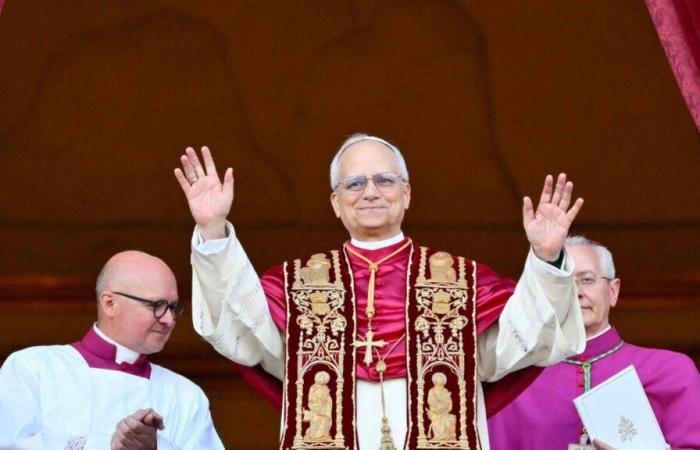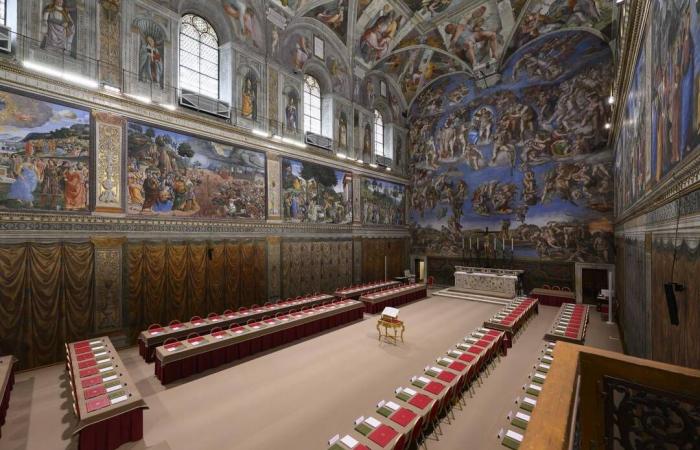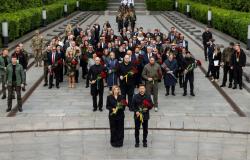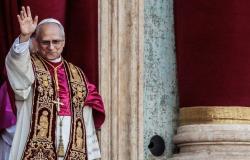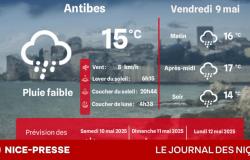The Sistine Chapel, or the conclave in a museum

Most of the time, the Sistine Chapel knows only an incessant flow of tourists, up to 20,000 people per day. Overcount also rages in the Vatican. After each death (or resignation) of Pope, she completely changes atmosphere, welcoming the very solemn college of Cardinals who gets locked up (cum clave – “Conclave”), to elect a new sovereign pontiff.
In the 15th, century, Pope Sixtus IV launched the project of a new building, which will take its name, in particular to welcome the conclave. The project is ambitious, fortified and, inside, will benefit from the talents of the greatest artists of the time who will make the frescoes. For several decades and under the reigns of several other popes, the Botticelli, Rosselli, Ghirlandio and, the best known, Michelangelo, will make the Sistine Chapel one of the jewels of the Vatican, which has become world famous.
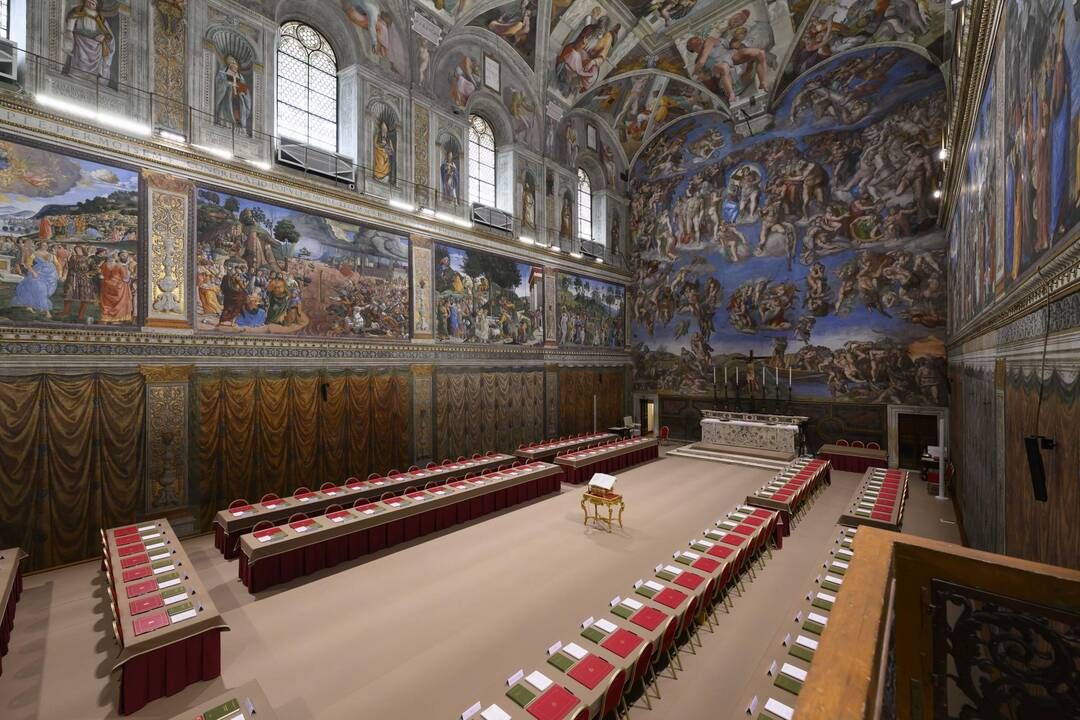
Surrounded and overlooked by these Renaissance masterpieces, including the famous Last Judgmentthe cardinals are installed by rows facing the length of the prestigious building. Long tables, a false floor, two stoves-one dating from 1939 to burn voting ballots, the other from 2005 for black or white smoke bombs-and the tubes of the fireplace where the dates of the previous elections are engraved, and from which the long-awaited and visible smoke came from Place Saint-Pierre, are developed. This is the only means of communication accepted with the outside.

